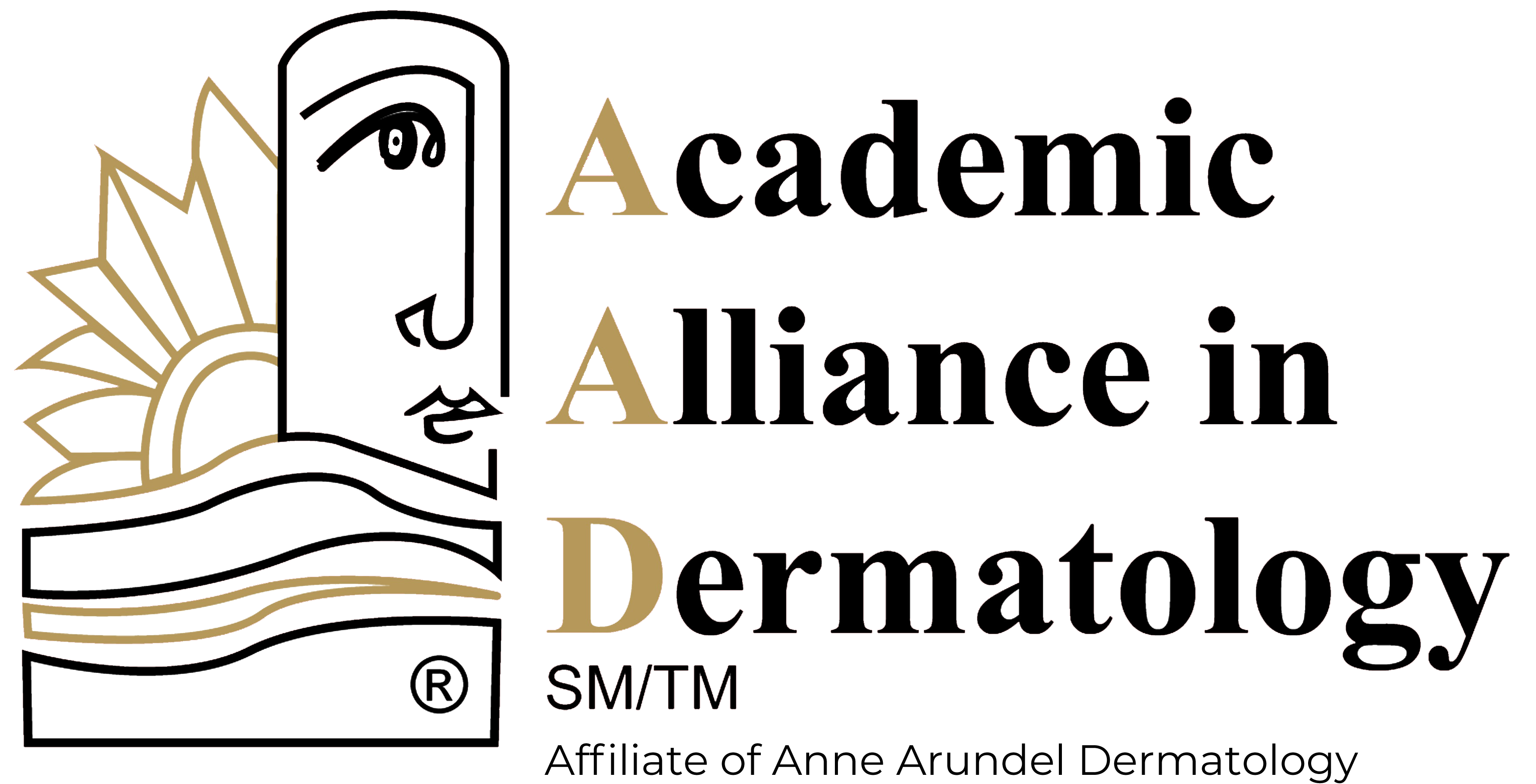Warts
Warts are benign (noncancerous) growths on the skin. They are typically painless, although they may be unsightly and cause discomfort if they occur in a location that rubs against clothing or other skin. Warts may occur on any part of the body but are most common on the hands, feet, and face. They can be smooth or rough, flat or raised, and may vary in color.
At Academic Alliance in Dermatology, we are committed to helping patients treat warts through our state-of-the-art facilities and experienced staff. From diagnosis to aftercare, our experts are here to help you take control of your condition and get the best possible results.
What Causes Warts?
Warts are caused by the human papillomavirus (HPV). HPV is a contagious virus that is transmitted through contact with the skin of an infected person or with surfaces that have been contaminated with the virus. The virus enters the body through cuts, scrapes, or other breaks in the skin and may cause warts to develop. Moreover, HPV causes excess keratin to accumulate in the epidermis producing the rough, hard texture of warts.
Types of Warts
There are several different types of warts. Each type of wart is caused by a different strain of the HPV virus and tends to occur in specific areas of the body.
Common Warts
Common warts typically occur on the fingers and hands and may take as long as two to six months to form. They are rough, round growths that often have a cauliflower-like texture. Common warts will usually go away on their own and are painless. However, many people choose to have them treated because they may be bothersome and unsightly.
Foot Warts
Foot warts, also known as plantar warts, are small, hard growths that appear on the soles of the feet. When pressure is applied to a foot wart, it is often painful. This may make everyday tasks such as walking and standing uncomfortable.
Plantar warts may appear as a single wart or in a cluster and may vary in size and shape. It is important to practice good hygiene, such as washing your feet daily and wearing clean socks. This may help prevent the spread of foot warts and other infections caused by the HPV virus.
Flat Warts
A flat wart (also called a verruca plana) is a type of skin growth that is typically small, smooth, and flat-topped. They are sometimes called “juvenile warts” because they are more common in children and teenagers. Juvenile warts are often skin-colored but may also be pink, brown, or yellow. These warts tend to appear in clusters of up to 100 or more. Flat warts most commonly appear on the face and top of the hands and may occur after nicking the skin while shaving.
Filiform Warts
Filiform warts are small, pointed growths that protrude from the skin like tiny, skin-colored spikes. These warts are most commonly found on the face, particularly around the eyes, nose, and mouth, but they may also occur on the neck, under the arms, and in other areas of the body.
Risk Factors
Warts are more common in people with weakened immune systems, and people with damaged skin or cuts are more prone to developing warts. Children and teenagers are more likely to get warts than adults because their immune systems are still developing and may not be as effective at fighting the virus.
Warts are also more common in people who have close contact with others, such as in daycare centers or communal showers, where the virus can be easily transmitted. Other risk factors include:
- Hyperhidrosis
- Swimming in public pools
- Nail biting
- Frequently having wet hands
Additionally, attempting to scratch or pick at warts may cause the virus to spread to other parts of the body. Do not try to remove warts at home, as this may cause further irritation and make the condition worse. If you notice a wart or suspect you may have one, it is crucial to seek professional advice from Academic Alliance in Dermatology for proper diagnosis and treatment.
Treatment Options
Treatment for warts usually depends on their size, location, and severity. Academic Alliance in Dermatology offers a variety of treatments that may remove warts. Furthermore, we can help you develop strategies to prevent warts from recurring. Common treatment options include:
Cryotherapy
Cryotherapy involves freezing the wart with liquid nitrogen. This method is often used to treat common, plantar, and flat warts. This treatment is safe and effective but may need to be repeated several times in order to achieve complete removal.
Cantharidin
Cantharidin is a topical solution that derives from blister beetles. It works by irritating the skin cells under the wart, causing it to blister and eventually peel off. This treatment is often used if cryotherapy hasn’t been effective in removing the wart.
Laser Treatment
Laser treatment is a minimally-invasive procedure that utilizes a focused beam of light to destroy the wart without causing major damage to surrounding tissue. This treatment is often used to treat large warts, as well as warts that are resistant to other treatments.
Chemical peels
Chemical peels involve the application of a special solution to the skin that causes it to blister and peel off. This method is often used for warts on the face and hands, as it is more effective in removing warts in those areas.
Treat and Prevent Warts
At Academic Alliance in Dermatology, we offer expert diagnosis and treatments for all types of warts. Our experienced providers can help determine the cause and develop a personalized treatment plan to help you treat and prevent warts.
